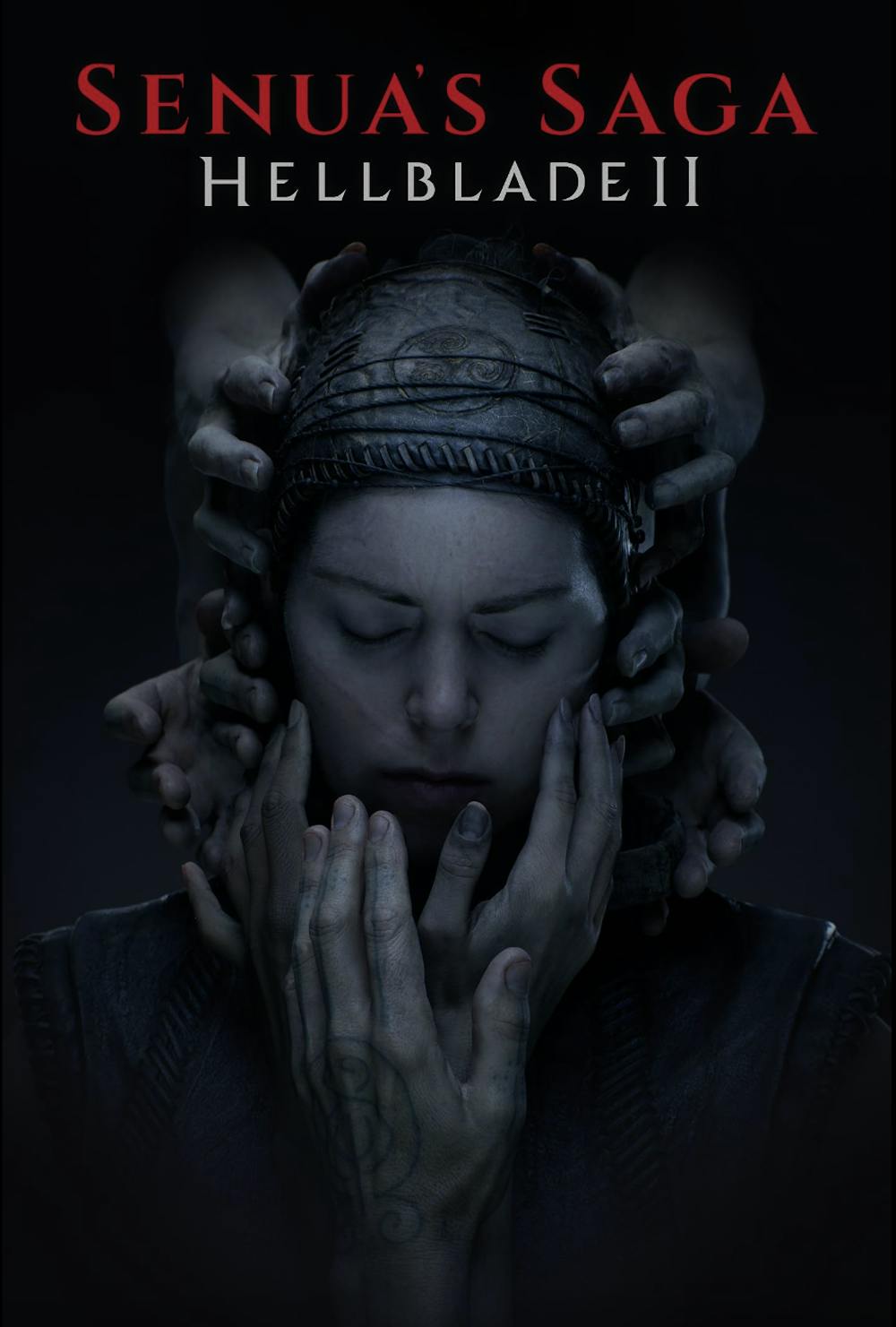During a time when action-packed video games rise to the top of the charts, “Senua’s Saga: Hellblade II” sets itself apart as an introspective narrative that challenges the player to understand an altered reality.
Video game company, Ninja Theory, released “Senua’s Saga: Hellblade II” as the sequel to “Hellblade: Senua’s Sacrifice” on May 21. The games follow Senua (portrayed by Melina Juergens), a Celtic warrior with schizophrenia, navigating a world ravaged by violence and influenced by Norse mythology. The game is available on Windows and Xbox X/S for $49.99.
Game developers worked alongside psychologists such as Paul Fletcher and individuals with schizophrenia such as Eddy Maile, according to Safe In Our World. Both are from the Cambridgeshire and Peterborough NHS Foundation Trust and worked with Ninja Theory to assist in portraying schizophrenia as accurately as possible.
“Hellblade: Senua’s Sacrifice,” released in 2017, was a refreshing experience with a unique premise that made me look forward to the continuation of Senua’s story.
The second game takes place after the events of the first and depicts Senua on a journey through ninth century Iceland. She meets other warriors who follow her on her quest to find the root of darkness, which contrasts with the sparse casting of the previous game that portrayed her solo excursion.
Seeing the way Senua interacts with others through the lens of her condition is integral to her character. While navigating conversations with her companions, the voices she hears in her head — called “The Furies” — interject to voice her fears, taunt her and encourage her in a cacophony of chatter only Senua can hear. The seeds of doubt and determination sowed by The Furies are a reflection of how she sees herself and how she proceeds through the obstacles of the game.
The game shows the player how Senua’s schizophrenia is perceived in the Medieval time period: people believe her condition equips her with capabilities that enhance her skills as a warrior and as a giant killer.
She can identify patterns and symbols where others cannot, creating puzzles for the player that consist of optical illusions and tests of awareness. The Furies guide her as she interacts with her environment, letting Senua and the player know when changes are afoot. Notably, in combat they alert her to opponents that sneak up on her from behind.
Senua also confronts the fear her schizophrenia inflicts upon her — manifesting her past traumas into figures of darkness that attempt to stand in her way. Her ever-looming antagonist, “The Shadow,” fights to convince Senua that she is the cause of all destruction and loss, making her question, time and time again, if she can keep fighting.
These aspects of her condition form to her as naturally as she wields her sword, and the player must see from her perspective how she both exists with and utilizes these experiences to push forward.
As Senua went forward with her quest, fighting the Draugr – Norse cryptids – and conquering giants, I often wondered how many of her opponents were real or hallucinated. This is a unique element I feel is necessary to the experience, and one that the developers executed beautifully.
I guided Senua through battles against folkloric beings and past whispering gates made from thorns, and felt compelled to complete her quest because it was as real to me as it was to her. If I had witnessed Senua’s journey from an outside perspective, it would have been easy not to feel as much empathy for her.
Get content from The Daily Lobo delivered to your inbox
The beauty of the Hellblade games is that you are fighting all of these battles with Senua — as Senua. This is what captivates me the most.
The audio and visuals are just as gorgeous as the story.
The gameplay is enhanced by movie-like graphics that immerse the player in gorgeous nature scenes with dynamic weather and textures. The same care is taken to capture binaural audio recordings — a 3D soundscaping experience — to depict Senua’s auditory hallucinations as realistically as possible. The sound experience is wildly immersive and ranges from soothing ASMR to an intense soundtrack layered beneath emotional voice acting.
The Hellblade games have garnered a mixed response from various sources.
The Hellblade games have the potential to “promote empathetic understanding” by accurately depicting schizophrenia and destigmatizing the condition, according to an article published in the journal JMIR Mental Health.
However, some game critics who experience hallucinations write that the games still resemble the perspective of neurotypical developers and may invalidate other real experiences.
“Senua’s Saga: Hellblade II” has also been called boring for its lack of character upgrades, skill trees and limited combat maneuvers. However, I argue that the game has never aimed to be a button-masher. It’s supposed to be narrative-heavy with a plot that forces the player to reflect on the themes of fate and free-will.
The purpose of the game is to immerse you into Senua’s reality so that you can come to understand how she operates in her environment.
For anyone who appreciates folkloric storytelling, beautiful graphics and valuable perspectives, “Senua’s Saga: Hellblade II” is an impressive installment that promises a rich future for gaming and the potential for portraying diverse experiences.
Kelsa Mendoza is a freelance reporter with the Daily Lobo. She can be reached at culture@dailylobo.com or on Twitter at @kelsar4in






